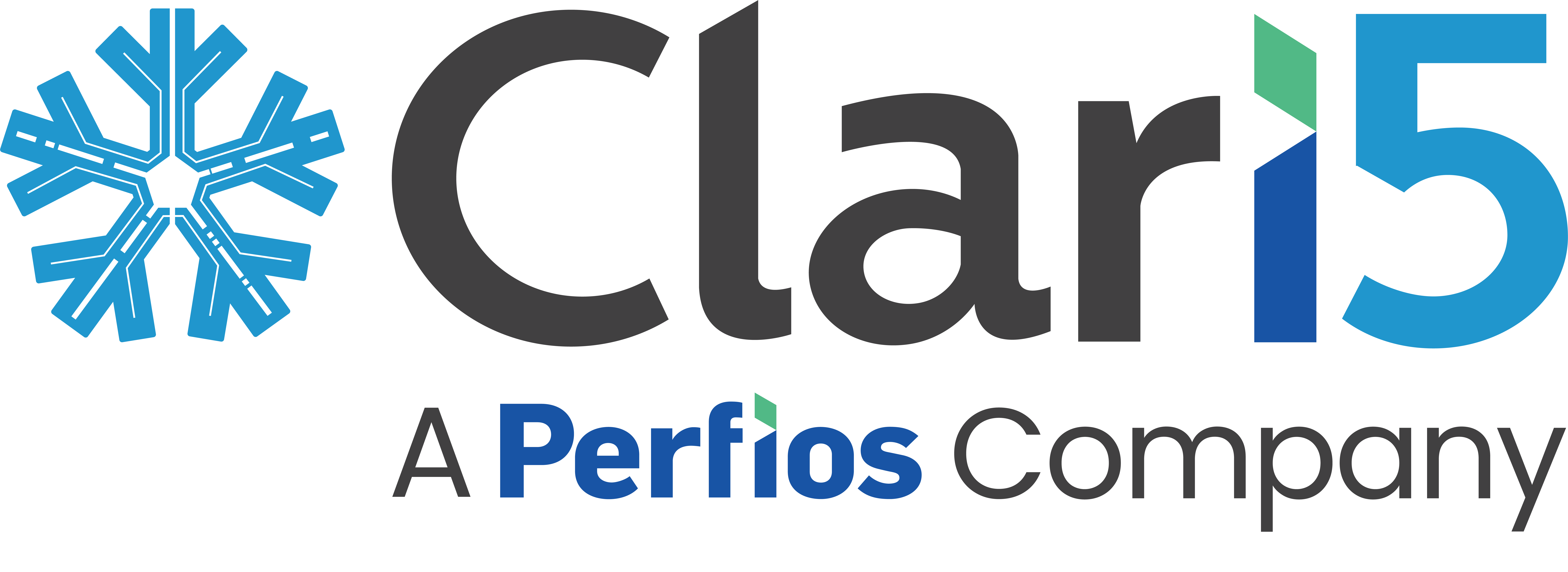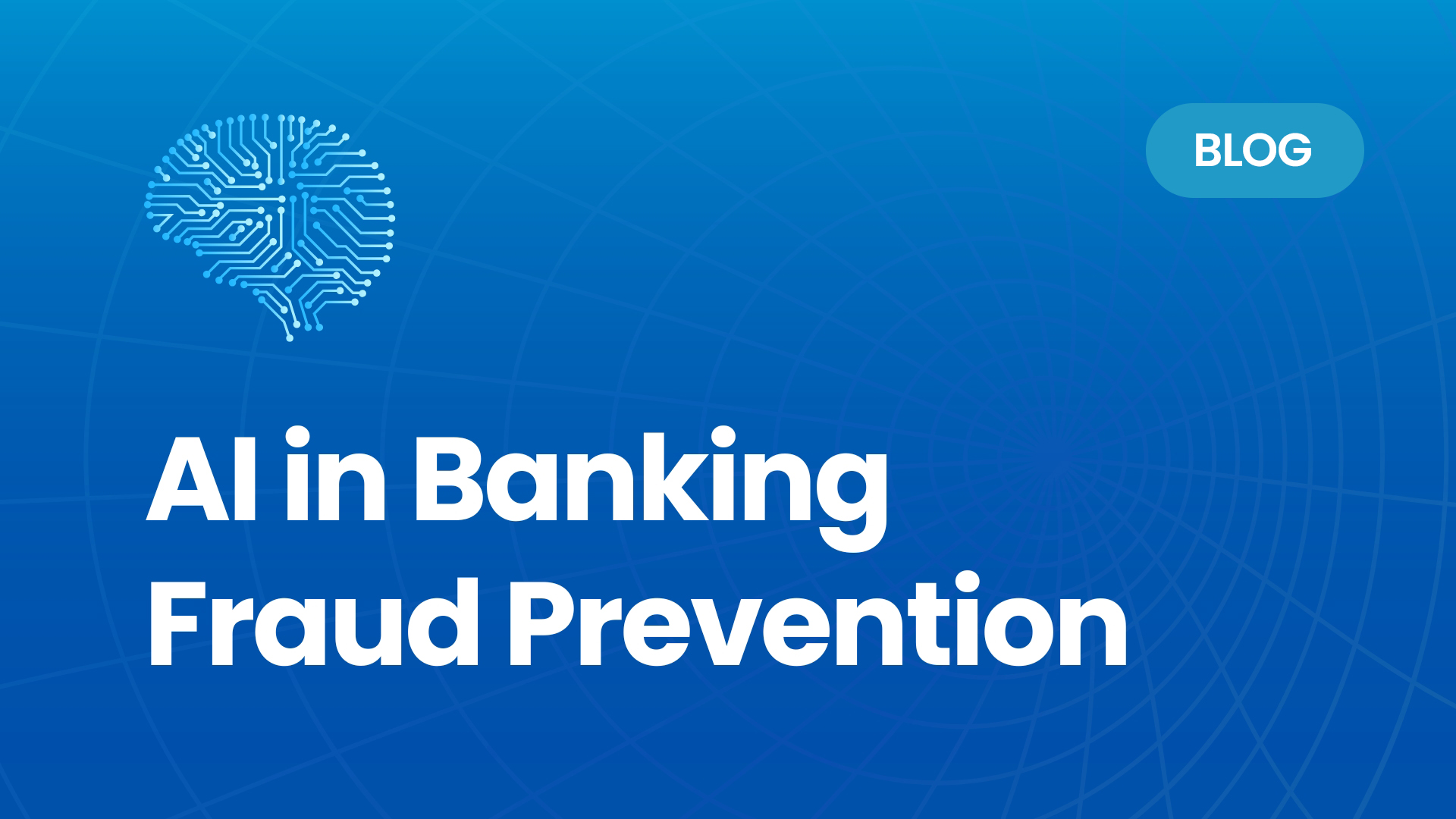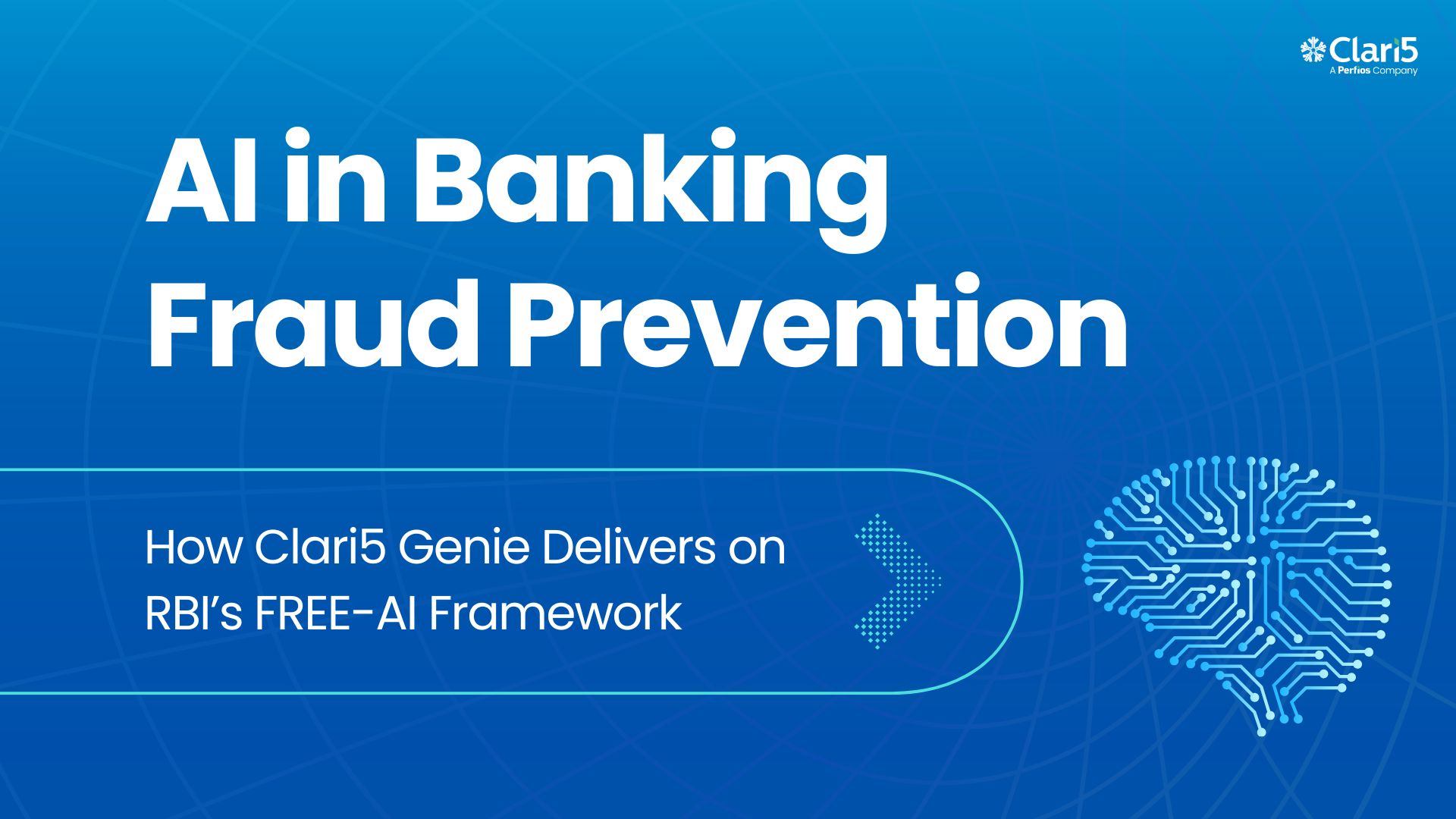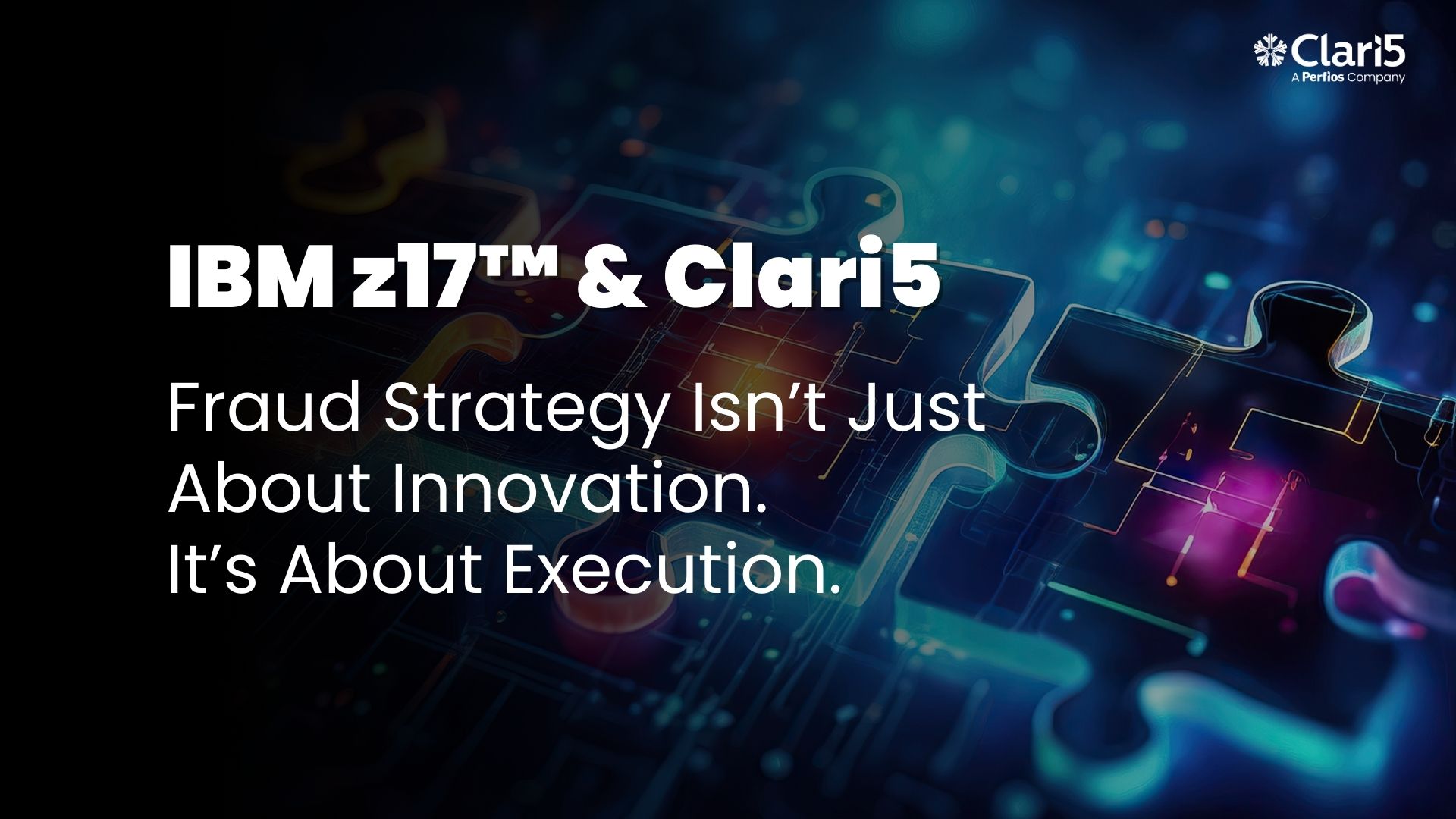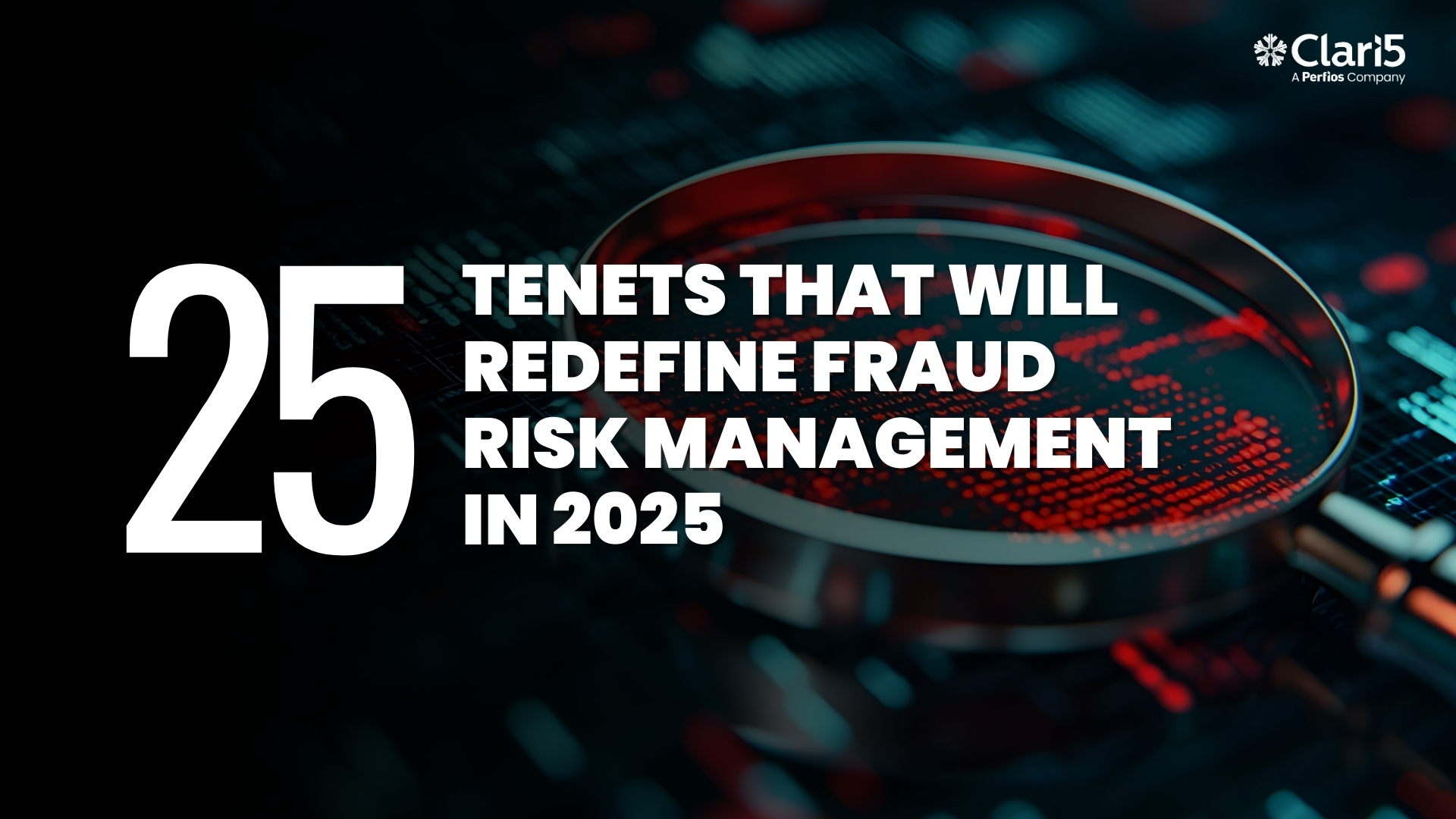
Clari5 has been named one of the top FinTech software development companies of 2025 by Techreviewer.co, a recognition that underscores our unwavering commitment to delivering cutting-edge fraud prevention and revenue growth solutions to the global banking industry.
This prestigious recognition comes at a pivotal time for our company, as we continue to expand our reach across 24 countries while serving millions of accounts and processing billions of transactions through our advanced real-time central nervous system. The acknowledgment from Techreviewer.co validates our years of dedicated work in the fraud prevention space and reinforces our position as a category-leading solution provider.
Driving Innovation in Financial Technology
Our inclusion in this elite list reflects the innovative approach we have taken to address one of the most critical challenges facing modern financial institutions: balancing robust fraud prevention with seamless revenue growth. We have developed a comprehensive cross-channel platform that provides banks with 360-degree insights across all their operational channels, enabling them to make informed decisions in real-time while maintaining the highest levels of security.
The recognition acknowledges our ability to serve institutions of all sizes, from community banks to large-scale operations managing millions of accounts at a single site. Our robust system architecture is designed to auto-scale as banks grow, ensuring that our clients never outgrow our capabilities regardless of their expansion trajectory.
Proven Track Record of Excellence
Years of fighting fraud have provided us with deep insights into the evolving landscape of financial threats and opportunities. Our experience processing billions of transactions has enabled us to refine our algorithms and enhance our predictive capabilities, resulting in a solution that not only prevents fraud but actively contributes to revenue generation.
We have consistently demonstrated our ability to protect billions of user accounts while maintaining the agility and responsiveness that modern banking demands. This balance between security and performance has been instrumental in establishing our reputation as a trusted partner for financial institutions worldwide.
Comprehensive Cross-Channel Protection
What sets our platform apart is its comprehensive approach to fraud prevention and revenue optimization. Rather than focusing on isolated channels or single points of vulnerability, we provide a unified view across all customer touchpoints. This holistic perspective enables banks to identify patterns and anomalies that might otherwise go undetected, while simultaneously uncovering opportunities for revenue growth.
Our real-time processing capabilities ensure that decisions are made instantly, without compromising the customer experience or creating unnecessary friction in legitimate transactions. This real-time approach is particularly crucial in today’s fast-paced financial environment, where delays can result in lost opportunities or successful fraudulent attacks.
Global Reach and Local Expertise
Our presence in 24 countries has provided us with valuable insights into regional fraud patterns, regulatory requirements, and market dynamics. This global perspective, combined with our deep technical expertise, enables us to deliver solutions that are both universally applicable and locally relevant.
We have built our reputation on understanding that each market has unique characteristics and challenges. Our platform is designed to adapt to these variations while maintaining consistent performance standards across all deployments.
Looking Forward
“This recognition from Techreviewer.co motivates us to continue pushing the boundaries of what’s possible in FinTech software development. We remain committed to innovation and excellence as we work to help our banking partners navigate an increasingly complex landscape of threats and opportunities.
We will continue to invest in research and development, ensuring that our platform evolves alongside emerging technologies and threat vectors. Our goal remains unchanged: to provide banks with the tools they need to grow their revenue while maintaining the highest levels of security and compliance”, Rivi Varghese, Founder & Chairman, Clari5.
About Techreviewer.co
Techreviewer.co is a comprehensive technology review platform that evaluates and ranks software development companies across various industries. The platform conducts thorough assessments based on technical expertise, client satisfaction, innovation, and market impact. Their annual rankings serve as valuable resources for businesses seeking reliable technology partners and provide recognition for companies demonstrating excellence in their respective fields.
